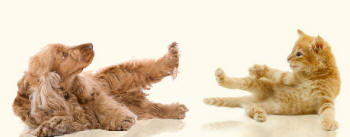Glossary
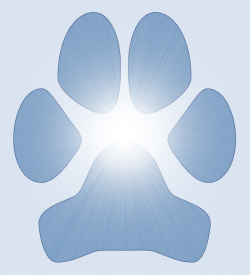
Gait
The pattern of movement of animals during (terrestrial) locomotion.
Gaits used by cats and dogs include the walk, the amble, the pace, the trot, the canter and the gallop.
Gaits used by cats and dogs include the walk, the amble, the pace, the trot, the canter and the gallop.
Fault
A characteristic of a pet that deviates from the breed standard.
Some breed standards specify characteristics that are undesirable, some being disqualifying faults.
Some breed standards specify characteristics that are undesirable, some being disqualifying faults.
Trot
A symmetrical, two-beat gait in which diagonally contralateral limbs move in unison.
This is an endurance gait, which allows coverage of ground at a reasonable speed but without expending maximum energy. The trot may, therefore, be maintained for hours.
This is an endurance gait, which allows coverage of ground at a reasonable speed but without expending maximum energy. The trot may, therefore, be maintained for hours.
Forefoot
The foot of a cranial (anterior or front) limb.
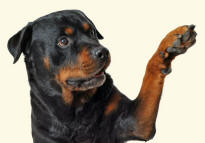

Central Line
An imaginary line along the direction of travel.
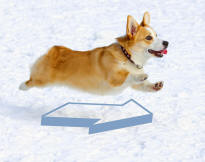

Hind Foot
The foot of a caudal (posterior or rear) limb.
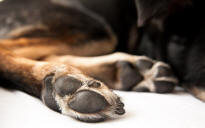

Ipsilateral
Relating to the same side of the body.
For example, ipsilateral limbs are limbs that are on the same side of the body.
For example, ipsilateral limbs are limbs that are on the same side of the body.
Forequarters
The front region of an animal, excluding the head and neck.
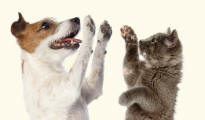

Hock
The tarsal region or tarsal joint of the hind leg of a quadruped.
Also known (colloquially) as the heel or ankle.

Also known (colloquially) as the heel or ankle.







